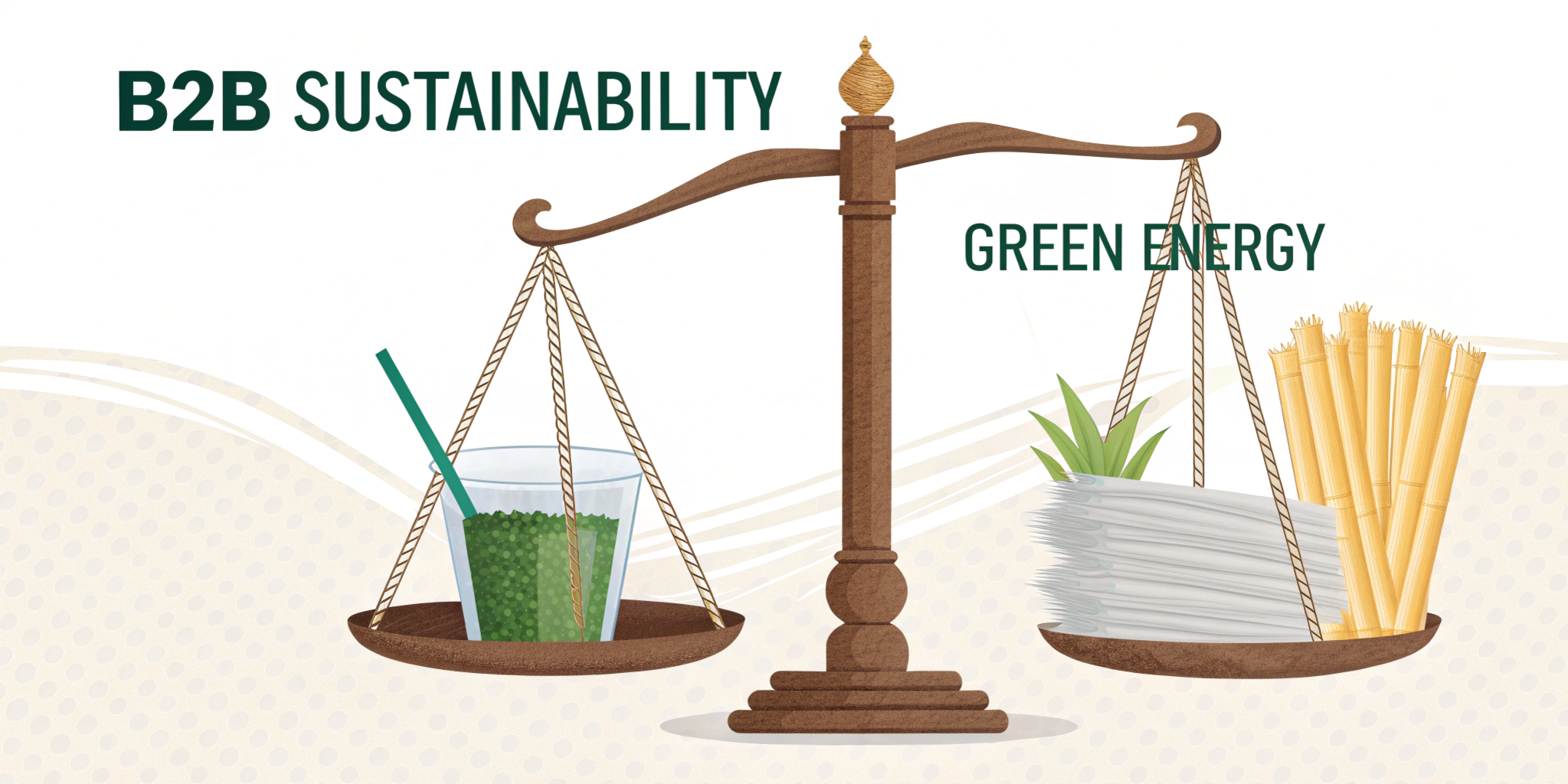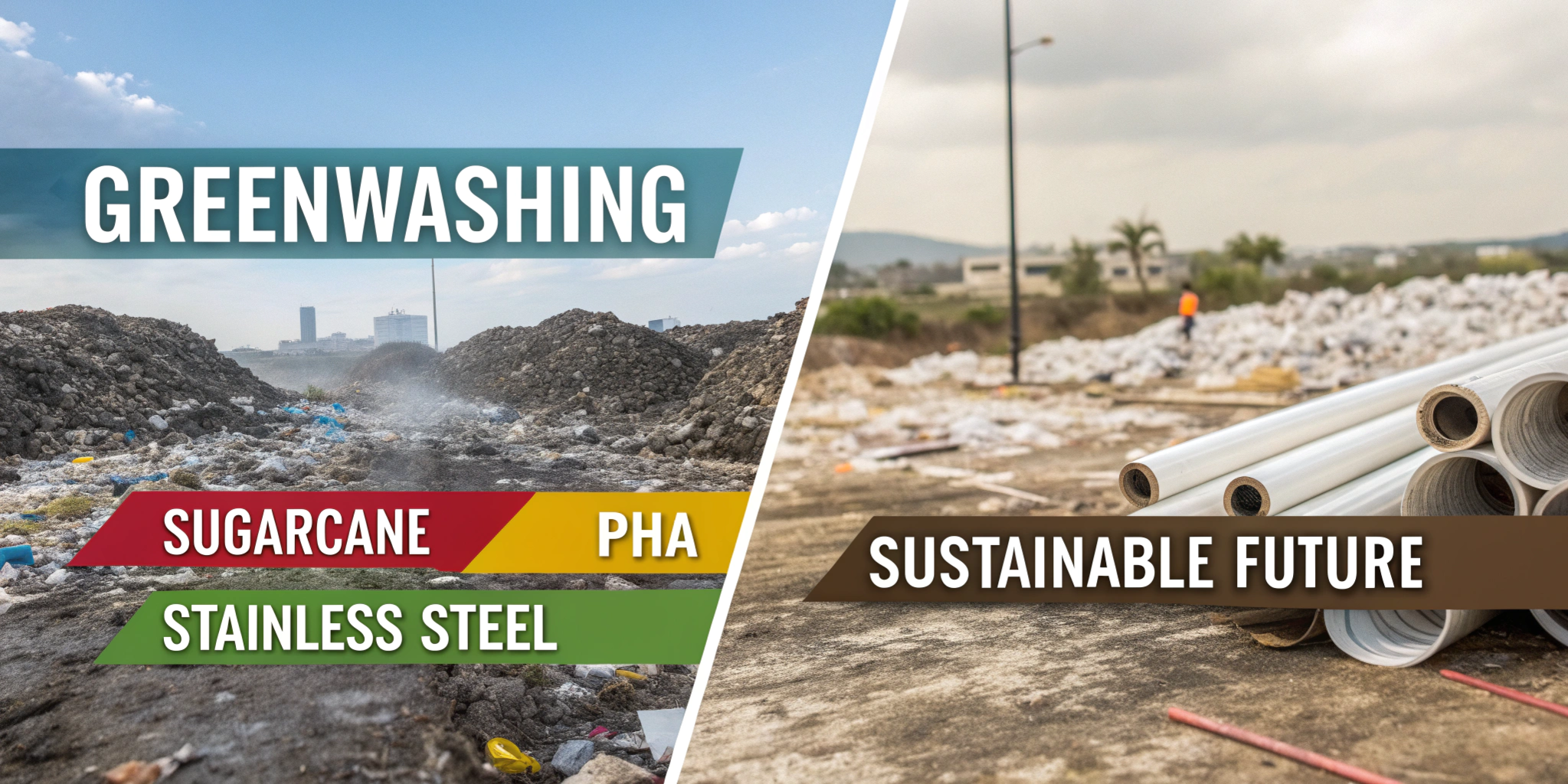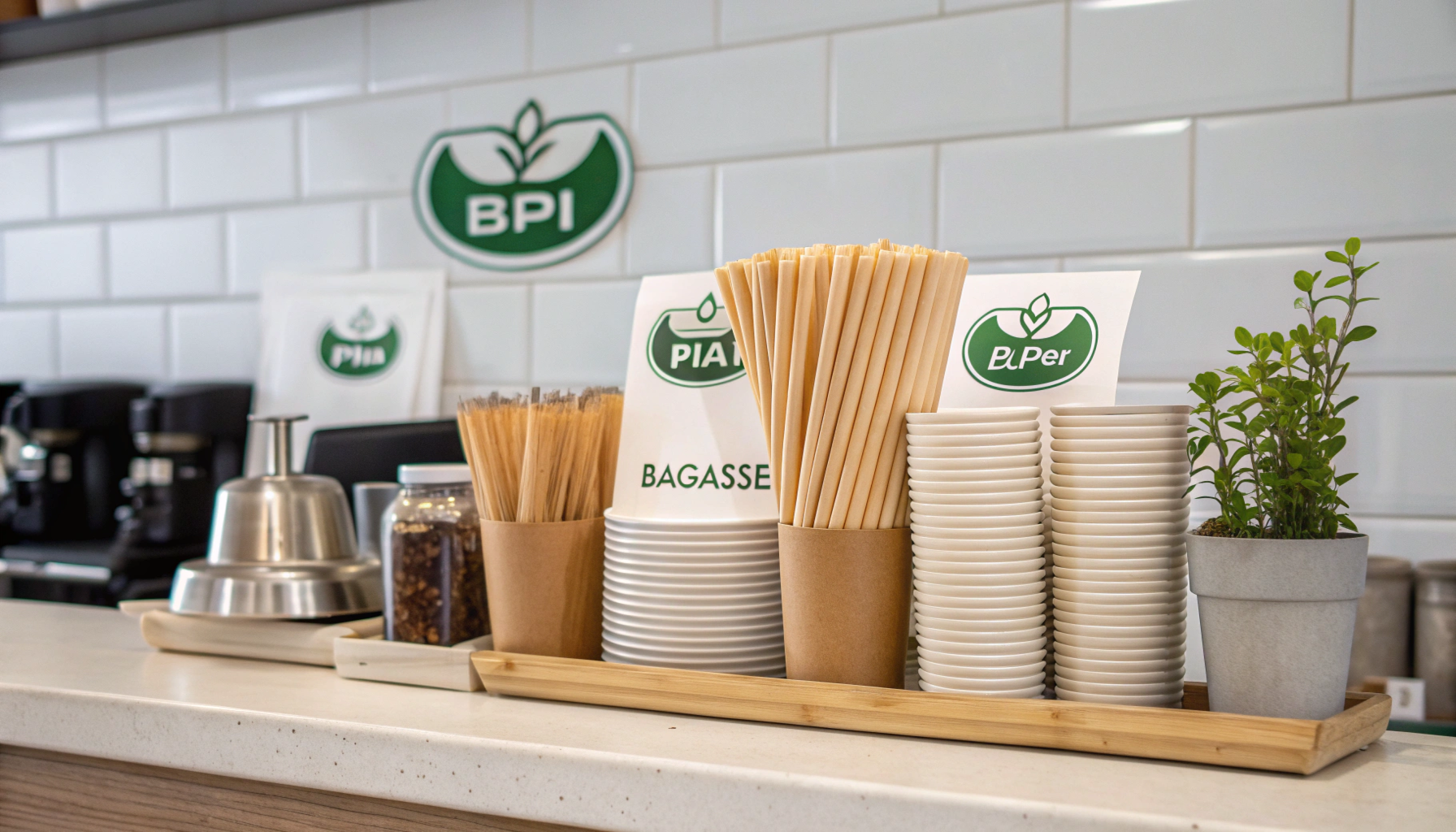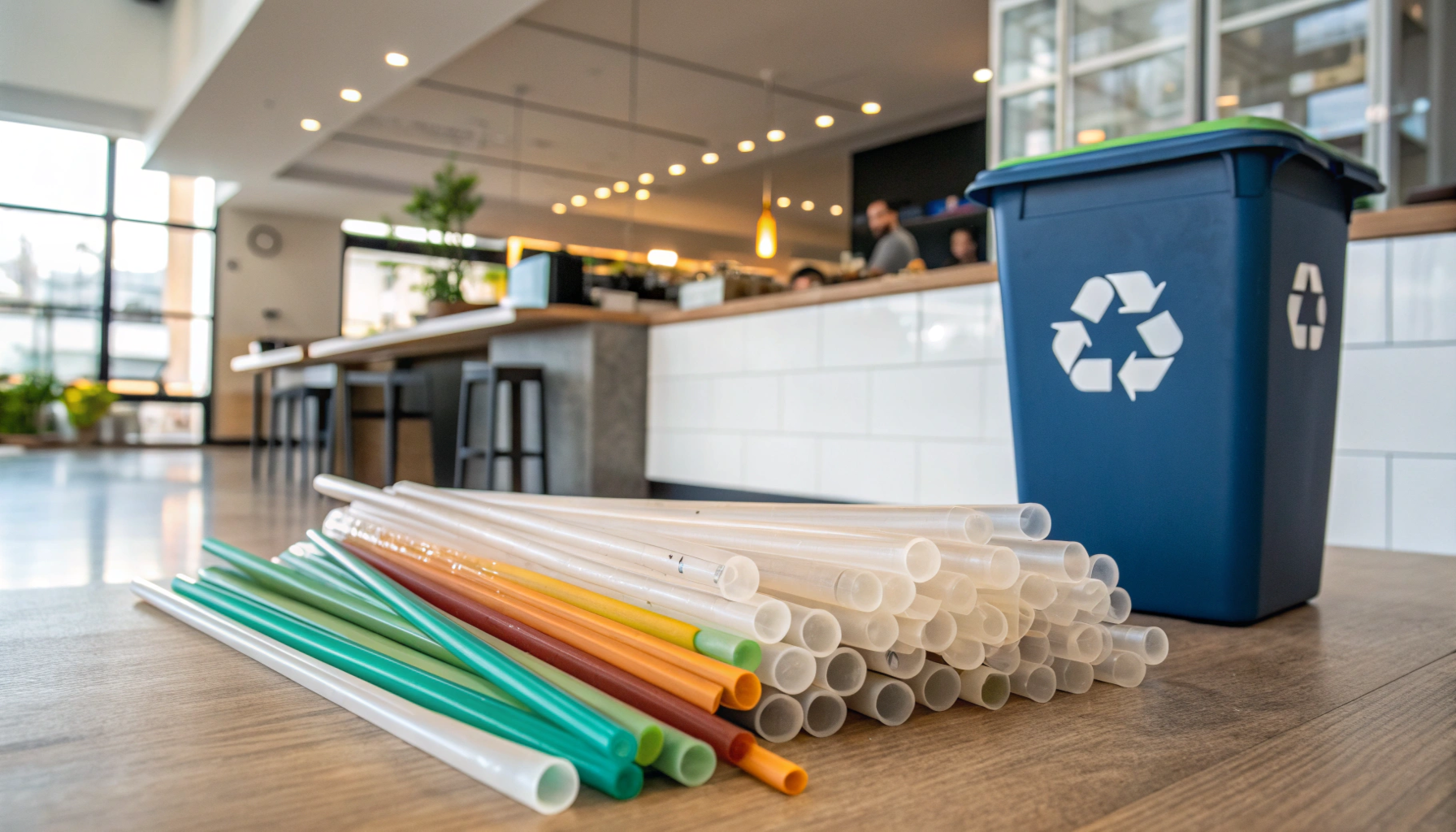The global economy faces an undeniable, escalating challenge: rampant plastic pollution. Its profound impact stretches across ecosystems, weighs heavily on corporate social responsibility, and increasingly shapes regulatory landscapes. For decision-makers in procurement, operations, and sustainability, the pressure to divest from traditional single-use plastics is mounting. This shift is driven not only by stringent bans, particularly evident in the European Union’s Single-Use Plastics Directive, but also by an increasingly eco-conscious consumer base demanding genuine environmental stewardship. In this pressing context, biodegradable plastic straws have emerged as a prominent alternative, presenting a perceived solution. Yet, their real-world efficacy and strategic implications demand a far closer, more scrutinizing look for any business committed to true sustainability.
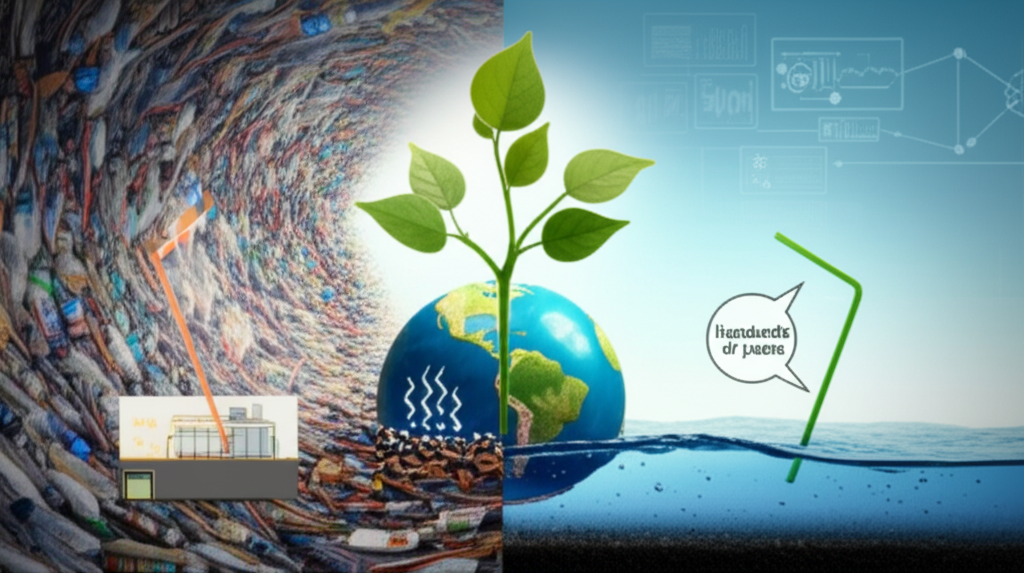
Beyond the Buzzword: Unpacking the “Biodegradable” Promise for Businesses
Many enterprises initially embraced “biodegradable” solutions as a straightforward response to visible plastic waste. The appeal was clear: reduce microplastic contribution, mitigate harm to marine life, and align with corporate sustainability goals, thereby enhancing public perception. Materials like Polylactic Acid (PLA), derived from renewable resources such as corn starch or sugarcane, offered a familiar look and feel, making the transition seem seamless for customer experience. This initial adoption often stemmed from a genuine desire to do good, yet it sometimes overlooked crucial technicalities.
A significant challenge lies in the nuanced definition of “biodegradable.” Many bioplastics, particularly PLA, often require highly specific industrial composting facilities to decompose effectively within a reasonable timeframe (typically 3-6 months). These facilities demand high temperatures, around 60°C (140°F), and controlled microbial conditions. Without these precise environments, which are not universally available to the average consumer or many businesses, these “biodegradable” straws can behave much like traditional plastics in landfills or oceans, taking hundreds to thousands of years to break down and potentially releasing methane. This critical distinction leads to widespread “greenwashing” concerns, where mislabeling and a lack of universal composting infrastructure mean these straws often end up contaminating recycling streams or persisting in natural environments. Beyond disposal, concerns also persist regarding the resource-intensive production of some bioplastics, such as the land use required for corn or sugarcane, as well as issues with durability, a lingering taste, or higher costs compared to conventional plastic options.
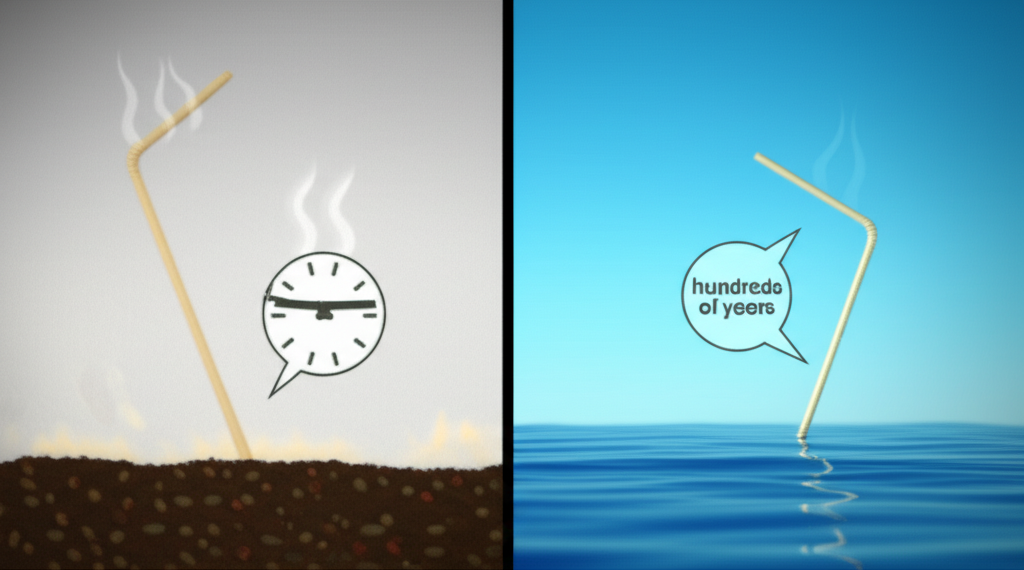
Strategic Procurement: Optimizing Your Sustainable Straw Investment
Achieving genuine environmental benefit and operational value hinges on selecting materials designed to break down in relevant environments. For instance, marine-degradable Polyhydroxyalkanoates (PHA) or foamed Cellulose Diacetate (CDA) show promising decomposition rates in seawater, offering a truer solution for preventing ocean pollution. Strategic adoption of genuinely compostable or biodegradable straws contributes directly to reduced waste management fees, streamlined compliance with evolving regulations—like the comprehensive bans seen across many EU member states and various US municipalities—and a fortified eco-friendly brand image. By making informed choices, businesses can meet growing consumer demand for certified green products, positioning themselves as leaders in the sustainable economy. For a deeper dive into optimizing your supply chain for sustainability, explore our insights on sustainable packaging solutions。
Comparative Analysis of Straw Alternatives
To illustrate the diverse landscape of alternatives, consider the following comparative analysis:
| Feature/Type | Traditional Plastic | PLA Bioplastic | PHA Bioplastic | Paper Straws | Edible Straws |
|---|---|---|---|---|---|
| Material Source | Fossil Fuels | Corn/Sugarcane | Plant Oil | Wood Pulp | Grains/Pasta |
| “Biodegradability” | Hundreds of years | Industrial Composting (180 days) | Marine/Soil Degradable (months) | Compostable (can get soggy) | Edible/Compostable |
| User Experience | High Durability, No Taste | Good Durability, Similar Feel | Good Durability, Neutral Taste | Prone to Soggy, Taste Issues | Edible, Novelty, Varying Durability |
| Cost (Relative) | 低い | Medium-High | 高い | 中くらい | Medium-High |
| 環境への影響 | Severe Ocean/Landfill Pollution, Microplastics | Risk of Misdisposal/Pollution if not industrially composted | Lower Impact, True Degradation | Resource Intensive (pulp), Can be Wasteful if Soggy | Lowest Waste, Food Resource Use |
| Regulatory Compliance | Often Banned/Restricted | Acceptable in some regulated contexts (if composted) | Generally Compliant | Generally Compliant | Generally Compliant |
The eco-friendly straws market is projected for significant growth, with some segments forecasting a Compound Annual Growth Rate (CAGR) of over 22% by 2031. This reflects a increasing global commitment to sustainable practices and a rapidly evolving regulatory environment. Innovations in material science, such as bacterial cellulose coated with sodium alginate or advanced waterproof coatings for paper, are continually improving performance, durability, and cost-effectiveness. The future also holds promise with solutions like foamed cellulose diacetate (CDA) straws, which show rapid degradation in marine environments. To combat greenwashing and ensure genuine biodegradability, focusing on certifications (e.g., BPI Certification) and supply chain transparency is crucial for building lasting trust with environmentally conscious stakeholders. Understanding the latest regulatory landscapes, such as those outlined by the European Commission, is also vital.
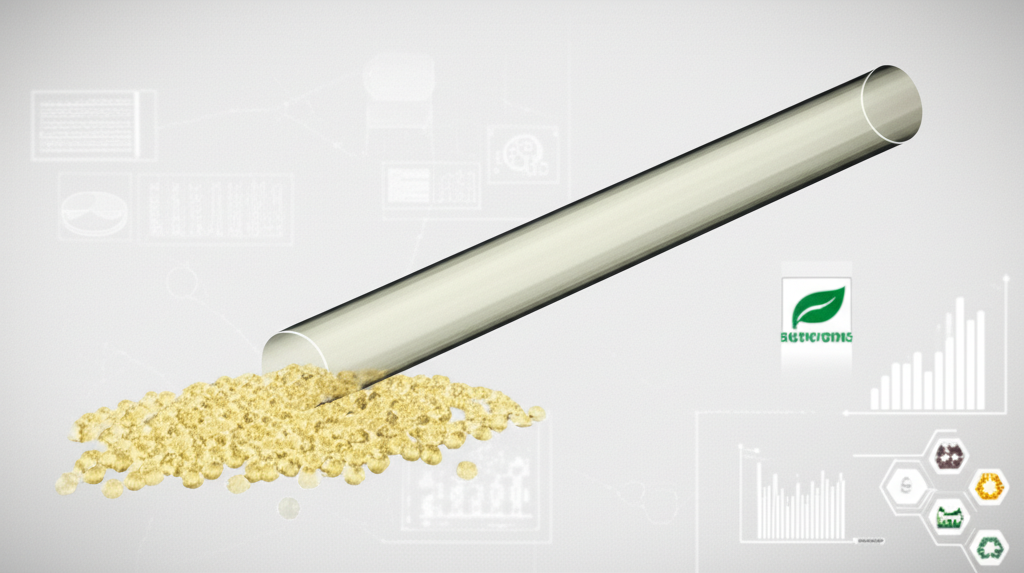
Beyond the Straw: Paving Your Path to Authentic Sustainability
While the transition to truly biodegradable plastic straws is a critical step, it represents just one facet of a comprehensive corporate sustainability journey. Informed decisions, backed by expert insights and a clear understanding of material science and infrastructure realities, are paramount for achieving genuine environmental impact and maximizing your return on investment. Proactive engagement in sustainable procurement can significantly enhance your brand’s reputation, ensure ongoing regulatory compliance, and position your business for long-term competitive advantage in a world increasingly valuing green initiatives. Explore how momoio.com can support your efforts in supply chain optimization。
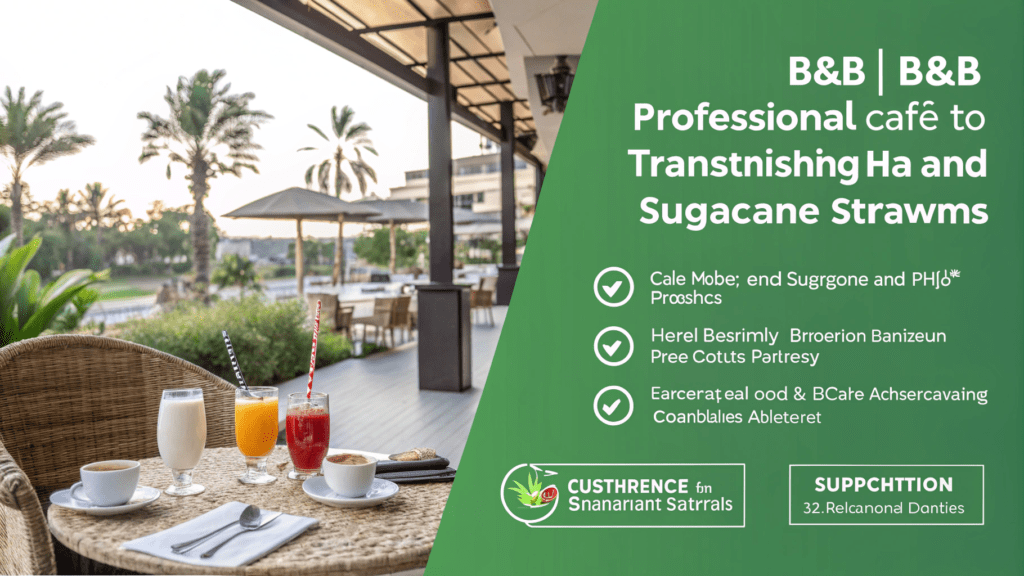
Empower your business to make truly sustainable choices that benefit both your bottom line and the planet.
Take the Next Step: Secure Your Sustainable Future
- Schedule a personalized consultation with our sustainability expertsto evaluate your specific operational needs, navigate complex environmental regulations, and identify optimal eco-friendly packaging solutions.Schedule Consultation
- Download our comprehensive guide to certified compostable and marine-degradable materialsto gain deeper insights into selection criteria and best practices for regulatory compliance。Download Guide
- Discover how cutting-edge material science is redefining sustainabilityby reading this in-depth article on biodegradable plastics from the American Chemical Society.Read Article (ACS)


